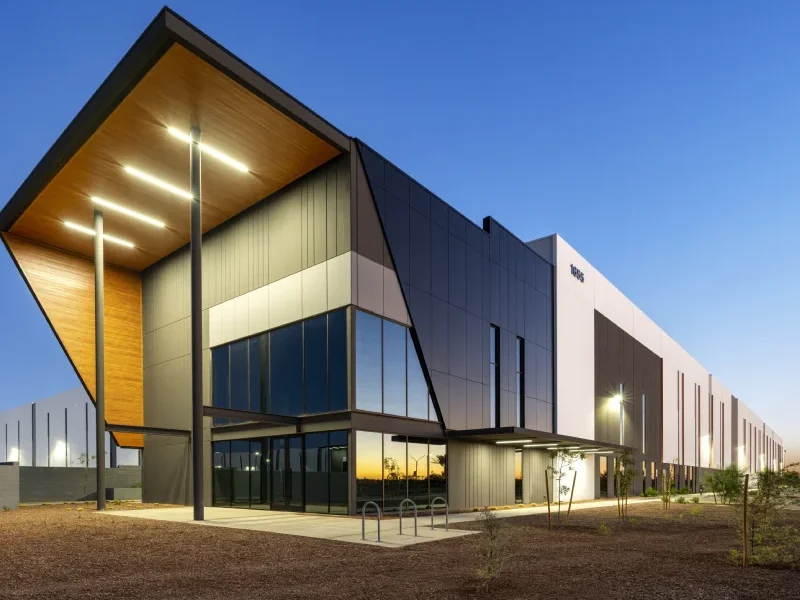Introduction
Industrial architecture represents the art and science of designing and constructing structures within industrial settings. It encompasses a broad range of facilities, including factories, warehouses, power plants, and manufacturing complexes. Industrial architecture is characterized by its emphasis on functionality, efficiency, and safety, while also incorporating elements of aesthetics and environmental sustainability. In this comprehensive exploration, we will delve into the various aspects of industrial architecture, from its historical evolution to its modern applications and significance in shaping the built environment.
1. Historical Evolution of Industrial Architecture
Industrial architecture has its roots in the Industrial Revolution of the 18th and 19th centuries, a period marked by rapid technological advancements and the mechanization of production processes. During this time, factories and industrial complexes emerged as key components of urban landscapes, characterized by utilitarian designs and large-scale structures. The use of materials such as iron and steel revolutionized construction techniques, allowing for the creation of vast industrial facilities that housed machinery and production lines.
2. Key Characteristics of Industrial Architecture
Industrial architecture is distinguished by several key characteristics that reflect its functional and utilitarian nature:
-
Large-Scale Structures:
- Industrial buildings are typically characterized by their expansive size and scale, designed to accommodate machinery, equipment, and production processes on a massive scale.
-
Simple and Modular Design:
- Industrial architecture prioritizes simplicity and modularity in design to facilitate efficient construction and adaptability to changing production needs.
-
Clear Span Spaces:
- Clear span spaces, characterized by uninterrupted floor space without the need for internal support columns, are common in industrial architecture to maximize usable floor area and accommodate large machinery and equipment.
3. Functional Design Considerations
Functionality is paramount in industrial architecture, and design considerations are tailored to meet the specific needs of industrial processes and workflows:
-
Spatial Planning:
- Efficient spatial planning is essential to optimize workflow efficiency, minimize material handling, and streamline production processes within industrial facilities.
-
Material Selection:
- Industrial buildings are constructed using durable materials such as steel, concrete, and reinforced masonry to withstand the rigors of industrial operations and ensure structural integrity.
- Safety and Compliance: Industrial architects must adhere to stringent safety standards and building codes to ensure the safety of workers and compliance with regulatory requirements governing industrial facilities.
4. Aesthetic Considerations and Modern Trends
While functionality remains a primary focus, industrial architecture increasingly incorporates aesthetic considerations and modern design trends to create visually appealing and environmentally sustainable spaces:
-
Integration of Natural Light:
- Industrial architects are incorporating strategies to maximize natural light within industrial facilities, reducing energy consumption and creating a more comfortable and inviting work environment.
-
Green Building Practices:
- Sustainability is gaining prominence in industrial architecture, with an increasing emphasis on green building practices such as energy-efficient design, renewable energy sources, and sustainable materials.
- Adaptive Reuse: Industrial architects are exploring adaptive reuse strategies to repurpose existing industrial buildings for new uses, such as mixed-use developments, creative workspaces, and cultural venues, while preserving their historic character and architectural heritage.
Conclusion
Industrial architecture plays a vital role in shaping the built environment and supporting industrial activities that drive economic growth and development. From its historical roots in the Industrial Revolution to its modern applications in sustainability and adaptive reuse, industrial architecture continues to evolve in response to changing technological, economic, and environmental trends. By combining functionality with aesthetics and sustainability, industrial architects can create innovative solutions that meet the complex challenges of the industrial landscape while enhancing the quality of life for workers and communities alike.




